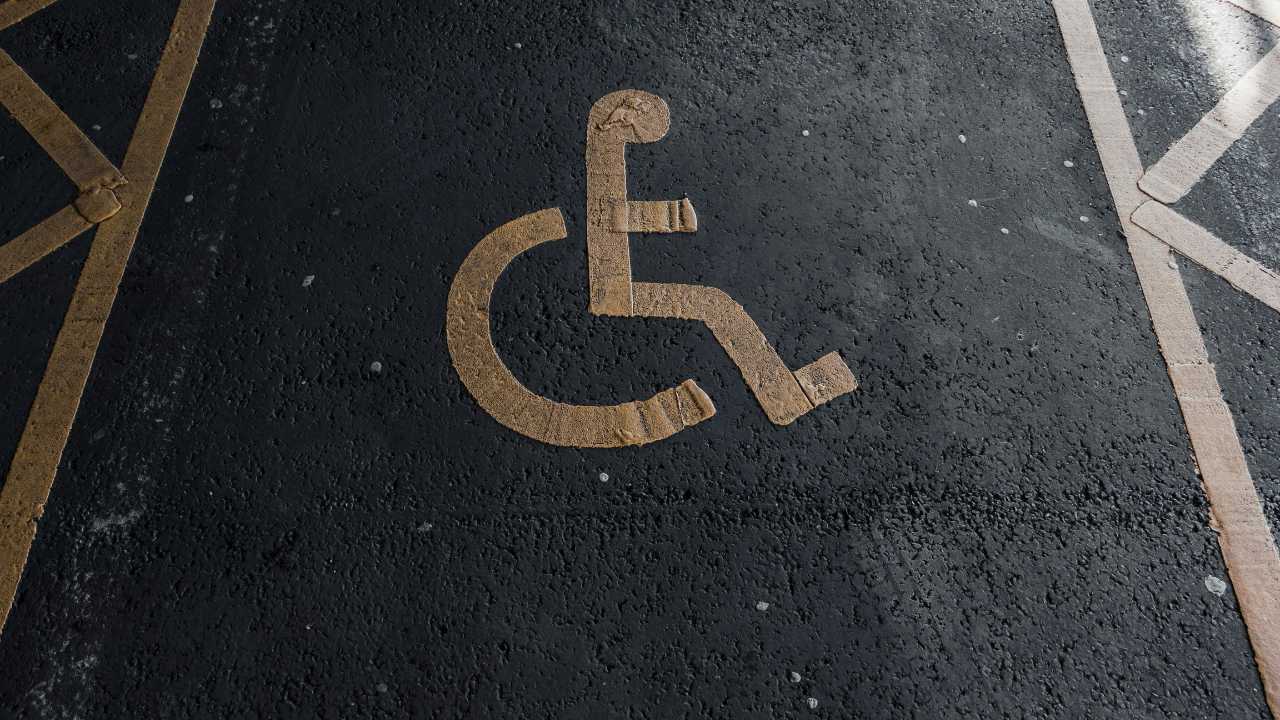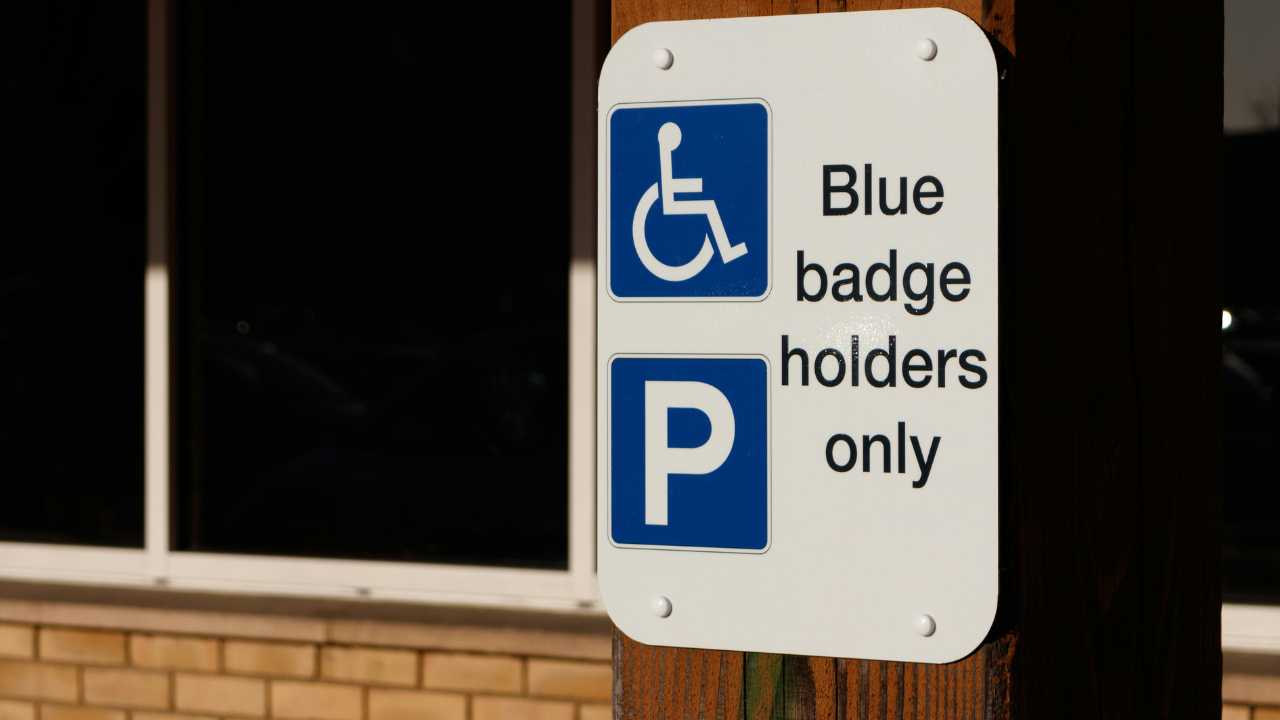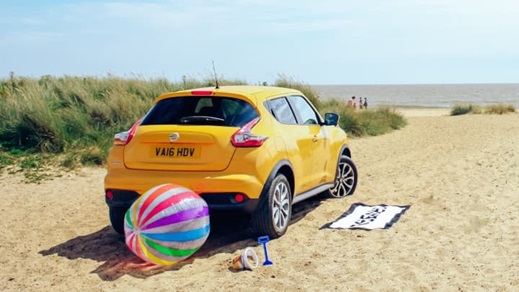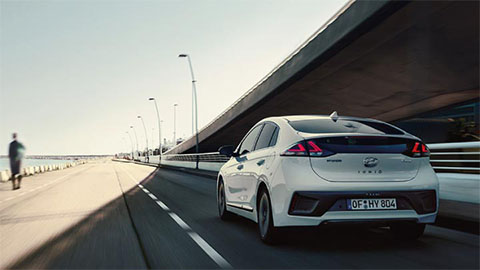Parking with a blue badge: A guide to disability bays
Remembering every parking rule can be challenging, even if you have a lot of experience under your belt. If you're a disabled driver, there are a set of rules that have been put in place to help you find parking spots that were designed to facilitate your daily activities.
Even though the primary intention of these reserved parking spots is to help, there are strict laws you must follow in order to avoid disturbing other road users and getting a fine. This article will explore what these laws are and the possible consequences for breaking them.
Content
- Disabled parking bays
- What is the criteria to get a blue badge?
- Can blue badge holders park in residents bays?
- What is the difference between white and yellow disabled bays in the UK?
- What is the fine for parking in a disabled spot?
Disabled parking bays
The disabled parking spaces were introduced in the United Kingdom by the Chronically Sick and Disabled Persons Act 1970. With the intention to ensure drivers with disabilities would have a reserved spot to park their vehicles, this act created a set of rules establishments had to follow in order to prevent any disadvantage a handicap person could face when searching for a place to park.
Over the years, there has been updates and other acts put in place (such as the Equality Act 2010) to make sure the regulations are relevant with the newest technology and incorporated as many disabilities possible.
According to the government guidelines, six percent of an establishment’s parking spots should be allocated to disable motorists. The bays should follow the 3.6 × 6.6 meter dimensions, have yellow lines, and be distinguishable by a wheelchair icon or a ‘Disabled Only’ sign.
Blue badge parking permit
If you’ve been diagnosed with a disability, you could qualify for a blue badge permit. This is a badge you’ll display through your vehicle’s windscreen when parking, and will guarantee a closer parking spot to your destination.
What is the criteria to get a blue badge?
If you suffer from a disability that restricts your mobility or care for a child who’s disabled, you could be eligible for a blue badge. You can apply for a badge on the government’s website at a cost of £10 in England, £20 in Scotland, and no cost in Wales.
The badge has an expiration date of three years, but it can be renewed as many times needed.
Can blue badge holders park in residents bays?
Even though the blue badge was created to ensure disabled motorists were at no disadvantage from the other road users, there are limitations as to where they’re allowed to park. On/off loading bays are off limits to anyone other than vehicles dropping off or taking people or objects.
A blue badge doesn’t guarantee the right to park in residents bays, either. In this situation, you may need a resident permit in order to make use of the reserved parking spot. The advice in this situation is to check with local authorities beforehand.
What is the difference between white and yellow disabled bays in the UK?
You may come across two different colours of disabled parking bays: yellow and white. The reason they're painted in different colours is to differentiate them, as each colour has a specific meaning.
Yellow disabled parking bays
In order to use a yellow disabled parking bay, you must meet the eligibility criteria. Having these bays are mandatory according to the acts previously mentioned, and are enforced by the highway authority and local police.
White disabled parking bays
White disabled parking bays are advisory. They’re not legally enforced, which means that technically anyone can park there, even if they don’t have a blue badge.
What is the fine for parking in a disabled spot?
Illegal parking in disabled bays could cause you to get a fine that ranged between £70 and £100, but this offence doesn’t affect your licence points.
Learn more about driving legislation
Ensuring you’re following the correct rules to parking in disability bays is crucial to make sure people with mobility impairment have a fair chance of parking closer to their destination.
At our Evans Halshaw blog, we provide several driving guides and useful information about new and used vehicles, their technologies, and traffic legislation that can come in handy.








